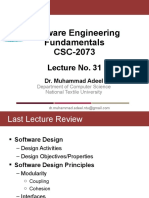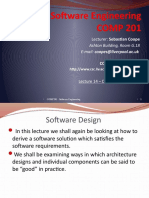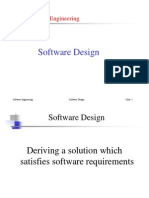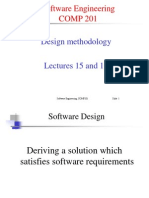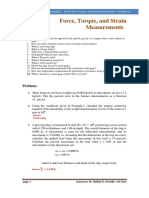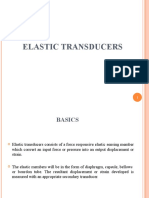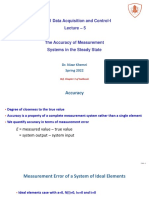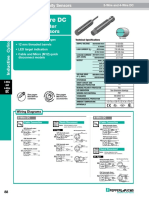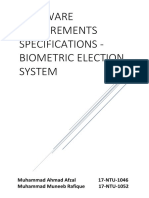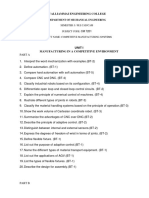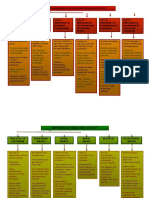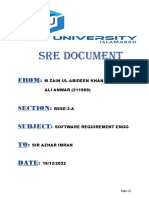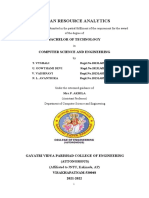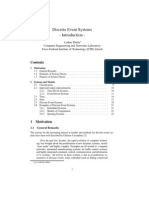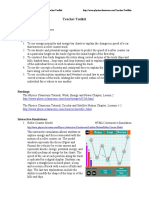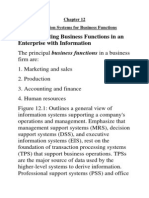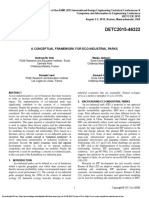0% found this document useful (0 votes)
101 views30 pagesSoftware Design Principles Lecture
The document discusses software design principles taught in a software engineering lecture. It defines software design and key activities like hierarchical decomposition. It outlines objectives of correctness, verifiability, completeness, traceability, efficiency, and simplicity. It then explains the principles of modularity, interfaces, information hiding, incremental development, abstraction, and generality. It provides examples to illustrate concepts of coupling and cohesion as they relate to modularity. The document emphasizes that design principles guide decomposing systems into modules with appropriate dependencies and responsibilities.
Uploaded by
Ch UmerCopyright
© © All Rights Reserved
We take content rights seriously. If you suspect this is your content, claim it here.
Available Formats
Download as PPTX, PDF, TXT or read online on Scribd
0% found this document useful (0 votes)
101 views30 pagesSoftware Design Principles Lecture
The document discusses software design principles taught in a software engineering lecture. It defines software design and key activities like hierarchical decomposition. It outlines objectives of correctness, verifiability, completeness, traceability, efficiency, and simplicity. It then explains the principles of modularity, interfaces, information hiding, incremental development, abstraction, and generality. It provides examples to illustrate concepts of coupling and cohesion as they relate to modularity. The document emphasizes that design principles guide decomposing systems into modules with appropriate dependencies and responsibilities.
Uploaded by
Ch UmerCopyright
© © All Rights Reserved
We take content rights seriously. If you suspect this is your content, claim it here.
Available Formats
Download as PPTX, PDF, TXT or read online on Scribd
/ 30
